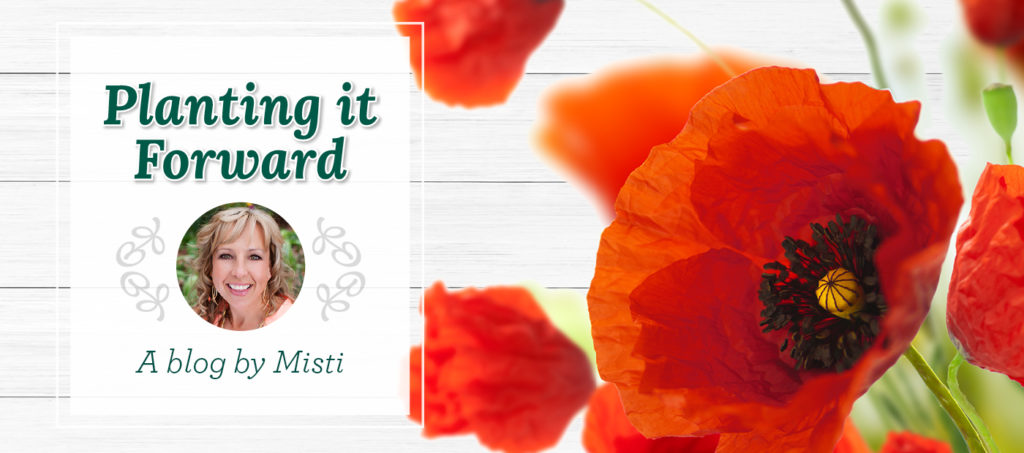
As our gardens start to shape up with new flowers and seedlings, one important step people sometimes skip is pruning their trees and shrubs.
Part of this is a philosophy that says “if it’s not broke, don’t fix it.” Why bother to prune if there’s no immediate problem, like your tree is about to head into some powerlines or your shrubs have taken over a walkway. (There are several good reasons, which I share below).
The other problem is that many people don’t feel confident in their pruning techniques. If that’s the case, keep reading for some basics and tips that will help.
First of all, why prune? Most important are those safety reasons – removing dead or cracked branches that are threatening to fall or making sure living ones aren’t growing into areas where you don’t want them. But pruning also helps maintain the health of your tree or shrub and increases the yield of flowers or fruit. Why? Because proper pruning will shape the tree to allow for optimum growth.
Early spring is the perfect time for pruning because most plants are just starting to wake up and run sap, which means they’ll be photosynthesizing, which will allow them the energy to recover from the pruning cut. For deciduous plants, there’s the added benefit that it’s easier to see what you are doing because the trees are bare. However, if you have a spring blooming tree or shrub, you should wait to prune until after it is done flowering.
One important rule of all types of pruning is this: never prune more than one third of the plant. Prune more than that and you run the risk of damaging the plant, or at least stunting its growth.
Types of Pruning Cuts for Deciduous Plants
Because many kinds of pruning cuts are made near a growth bud, you have to know how your plants grow in order to determine where to cut. There are three types: (1) a terminal bud grows at the tip of a shoot; (2) a lateral bud grows alongside the shoot; and (3) a latent bud lies dormant beneath the bark. If a branch breaks or is cut off near it, it may develop into a new shoot.
Once you determine the type, you can choose one of these four pruning cuts to keep it healthy.
- Thinning – This is when you remove an entire branch or stem, taking it back to its point of origin or to a juncture with another branch. These cuts eliminate competing or old stems, reduce overall size, and open up a plant’s structure.
- Heading – Heading cuts remove just part of a stem or branch – not the whole thing. Such cuts can be made back to a bud or to a twig and it stimulates the growth of lateral buds just below the cut.
- Shearing – Clipping a plant’s outer foliage to create an even surface (like with hedges or a topiary). It’s kind of an indiscriminate form of heading, because it doesn’t involve precise cutting just above a growing point.
- Pinching – This is the simplest of pruning cuts. Using your thumb and forefinger or a pair of hand shears, you nip off the tips of new growth, removing the terminal bud. This stops the shoot from growing longer and stimulates branching. Pinching is used primarily on annuals and perennials to make them bushy and encourage the production of more flowers.
What to Do with Conifers
Part of the allure of evergreens is that they are usually low-maintenance plants. A little periodic pruning, however, can keep your conifers healthy and looking their best. When thinking about pruning conifers – or any plant for that matter – it’s good to remember the old adage, “measure twice and cut once.” In the case of conifers, it’s “think twice and prune once.”
Here’s the really important thing to remember: there is no place for “recreational pruning” of conifers because they don’t replace growth like other trees and shrubs; pruning is always done for a particular purpose, like keeping a particular look, removing dead or diseased branches or controlling the size if they are threatening to grow into other plants or buildings.
Have more questions about spring pruning? Visit or give us a call if you need some advice – we are always happy to help.
Happy Gardening!
Misti